With almost 450 Grams in weight the Canfield Over Ear is a rather heavy headphone to use on the go. I also found the padding on the head-band to be rather strong which generates a few pressure point on the top of your head then. If the padding were just softer the comfort would improve. The clamping force of this headphone also is on the firmer side and puts a good portion of pressure on the side. Comfort-wise I can wear these headphones for a good while, but at a certain point they start feeling heavy on my skull.
I am blessed with bigger ears than most folk, even so, that the Canfield Over Ear is almost too small for my ears, they also push against the grill. I’m certain that most people won’t have to face this though.
What I really like about this headphone, apart from general build quality and design, is the fact that the ear-pads are easily replaced as they are attached to the cups by magnets. The leather pads seem to be filled with memory foam, which definitely are nice for comfort. The magnets are keeping on to the earpads very sturdy and secure. So you won’t have to fear for them sliding around or even taking a fall.
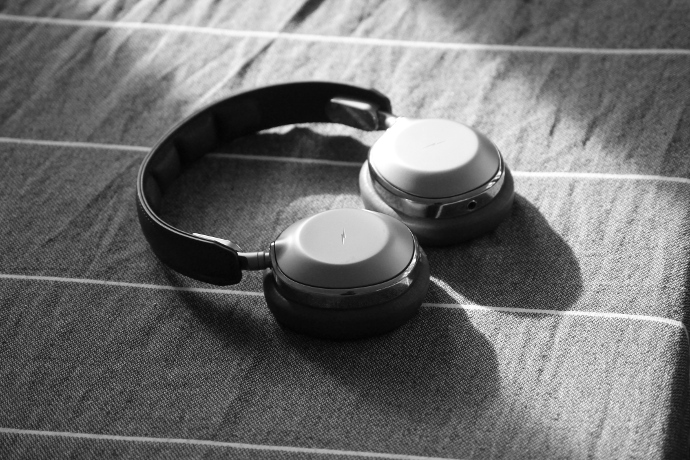
Shinola Canfield Over Ear
Sound:
I have noted it shortly after the intro, these cans were developed by Shinola’s lead-man Alex Rosson. His past in mind I was very curious to find out what he has been up to the past years since his departure from Audeze. The LCD-2 is known for its darker and fuller sound, looking at the price level and design I expected a rather mainstream tuned sound. Something bassy and dark.
My expectations were not led down. The Canfield has plenty of bass. Especially mid and upper bass is prominently tuned. They have good body and weight, with nice but not overly terrific extension. Lows are of rounder shape, which could use a touch tightening for my taste. It sure will be fine for others. Bass has a softer kick with good speed, though it’s not the fastest around.
The bass bump also makes its way into lower mids, generating a full and warm sound overall. Mids, especially vocals, have a smooth and soothing tone. They transport especially a great portion of emotions with them, what makes it easy to „feel“ songs. Midrange is nicely tuned with a slightly fuller body, yet not losing transparency out of sight. The bigger bass and lower mids are pushing the rest of midrange a little in the background, yet they don’t come across as too distant to sound unnatural. Instrumental separation and layering are both achieved very well, especially with the bigger sound that keeps pushing through. Upper mids for my taste could use some more energy and richness, but that’s my taste and for most people it will be just about perfectly tuned.
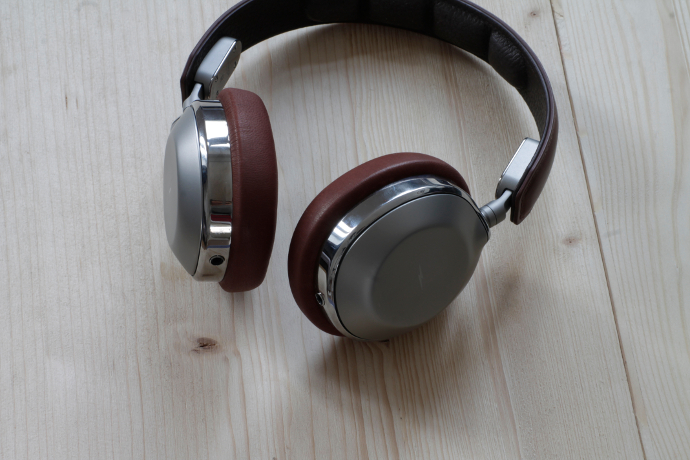
Shinola Canfield Over Ear
The Canfield can give you a good sense for sound stage dimensions, though they are limited by the closed back nature of the headphones, they are well sized in terms of width. Depth and height seem to have been secondary here, but they still are good for closed back cans. Same goes for imaging, which can be done quite well in the constructed room.
Treble to me sounds more laid back and softer than midrange. Highs are not overly forward or in your face tuned, but stay low for you to enjoy the nice body and rest of the show. They do aid in getting out some details, though for the finer nuances in the sound they are a little too low-profile. Treble is rather neutral in overall tonality, not rich and not overly bright. Their air-quantities are good, but could also see a little extra in my opinion.
Conclusion:
I’m sure the full, dark and engaging sound will convince many new and aspiring audiophiles that are willing to make the jump to higher gear. That it also looks stunning might play very well for Shinola during the decision-making process. It plays very well with smart-gear and more audiophile-class electronics.
The build quality of the Canfield is remarkable. The used materials show that Shinola is not in this for a cheap produced mass market headphone, but want to show the community that they can make some waves if they want to.
For a debut headphone I think the Shinola is well achieved and might be the door opener to even more products of this genus. I certainly hope that the team around Alex Rosson is going back to the designer-boards thinking of their next venture into the headphone enthusiast world.





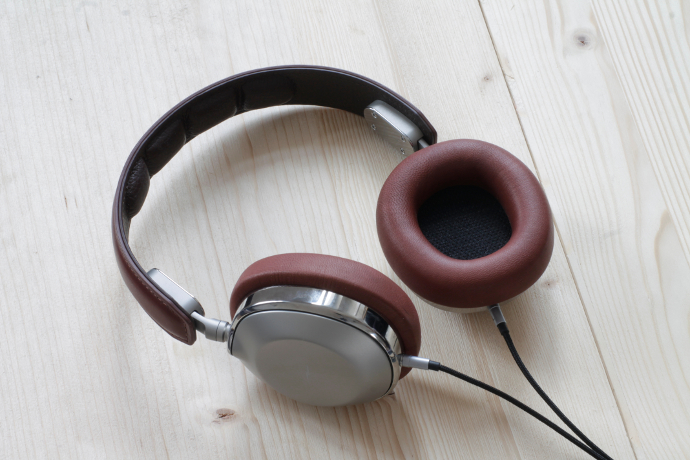
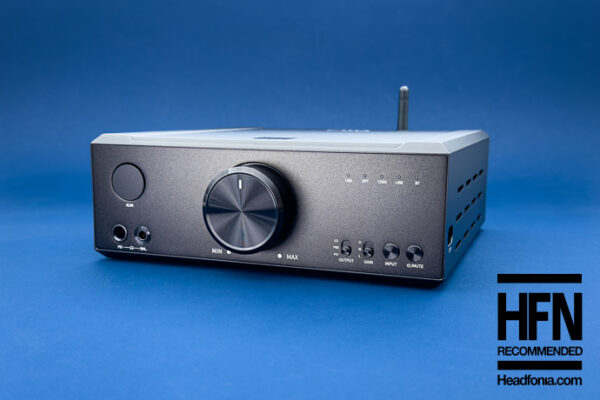
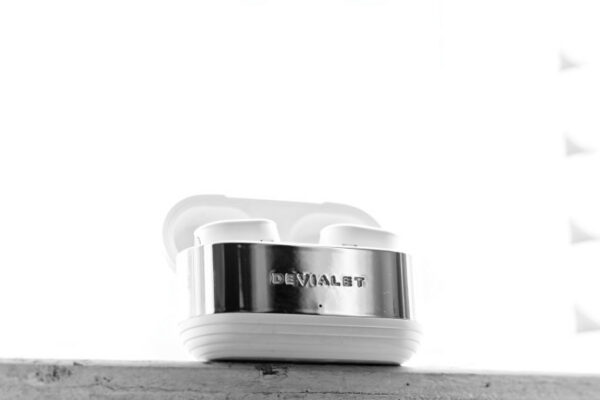
dale thorn
It seems from your description that the Canfield is tuned very similar to the AudioQuest NightHawk, the Sonus Faber Pryma, and to some extent the Focal Elear, etc. For a long time I’ve been thinking that this is going to move Sennheiser, Beyerdynamic, and a few others away from their more-or-less neutral tunings.
That might be OK if the best recordings called for that tuning, and there were a switch on music players or DACs to compensate for the older recordings, but I don’t really know how that could work. And I wonder if this now-popular tuning for mid-priced to low-tier premium headphones has anything to do with the Loudness Wars, to compensate by reducing the impact of the upper vocal ranges.
Charles
“And I wonder if this now-popular tuning for mid-priced to low-tier premium headphones has anything to do with the Loudness Wars, to compensate by reducing the impact of the upper vocal ranges.” –
Very interesting thought and it could be very true. Listening to some chart music with bright and “foreward” sounding headphones can be very annoying.
dale thorn
I ordered the Canfield On-Ear version today, and I’ll add a note here about my impressions of it compared to this review. I’m hoping the On-Ear is tuned more like the B&W P5, the B&O H6, or even the Master&Dynamic MH30.
dale thorn
Impression of Canfield On-Ear: Weak lower bass, slightly weak upper bass, slight emphasis in mid-mids, recess in upper mids/lower treble, steep rolloff above 8 khz. The overall effect is a slightly hollow mids-oriented sound with very little upper treble sparkle or harmonic detail. Still, fine for non-critical portable use, since the “loudness” emphasis in modern recordings is somewhat alleviated here. On the downside for portable use, there is very little isolation. On the upside for critical listening, the sound when EQ’d properly is quite good, with no apparent graininess or other irritations. Oh – and the cosmetics as well as build quality are amazing.
SL
Do you have an eq graph on what you’re changing?
Lieven
cool, thanks Dale
Ray
These phones need a better cable. It’s causing the phones to sound congested in the treble, which makes the have a bass hue or tint to the sound similar to Beats by Dre over the ear 1st edition headphones. After I upgraded the cable to a Neotech 8 Core 19AWG UPOCC cable. The sound is more balanced, without the hue and can be used with rock music now which was impossible before. Its audiophile worthy.
Linus
Thanks for the comment. I thought so, thanks for confirming. Unfortunately I don’t have a cable that would fit the Canfield’s connectors.
dale thorn
I have the Canfield on-ear, and while the cable per se is OK, it gets partly or completely disconnected very easily. So I always check it before use now, to make sure the plugs are fully inserted into the jacks.
In some ways, that’s not as bad as the Sennheiser 5xx and 6xx series, since those would micro-corrode inside the jacks over many months and very gradually lose connection. In the Sennheiser case, when the lost connectivity became obvious, I’d be asking myself whether I’d been listening to a compromised signal for the past month.